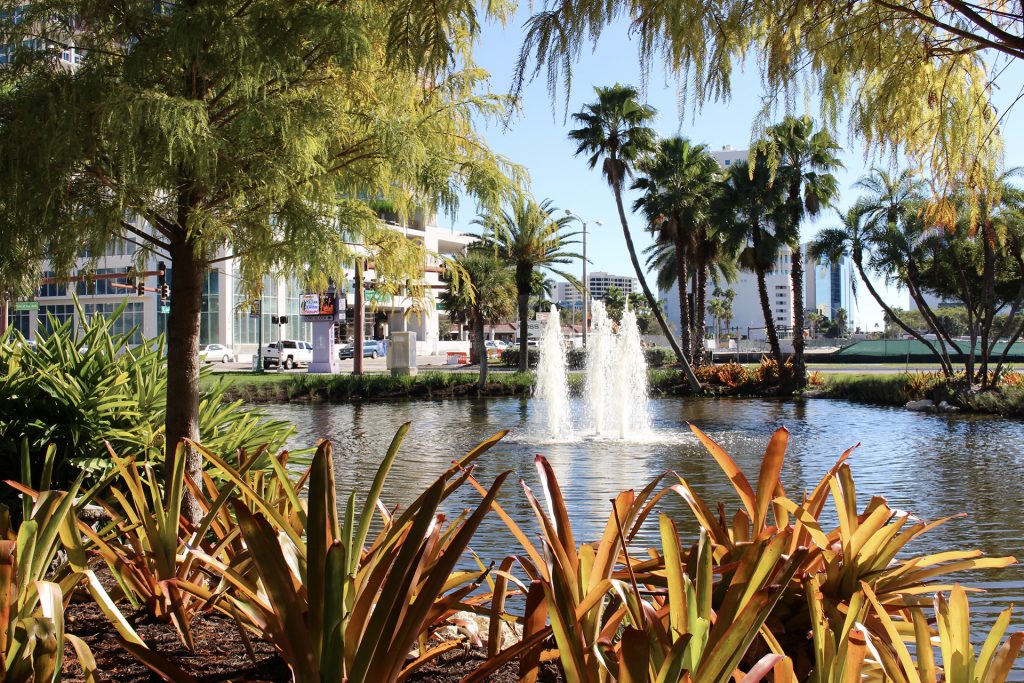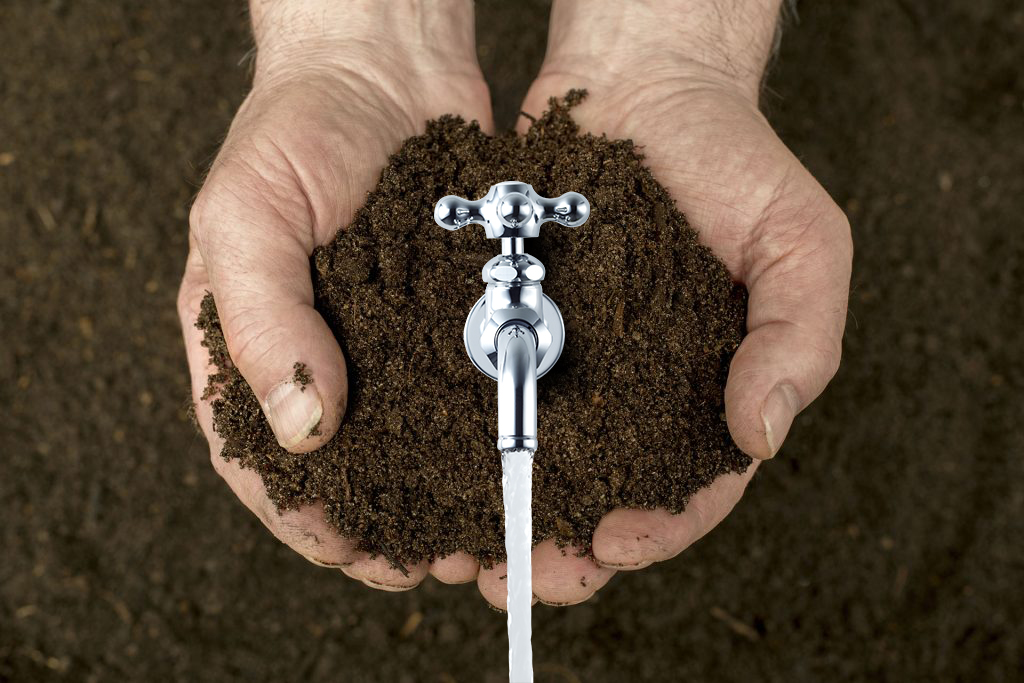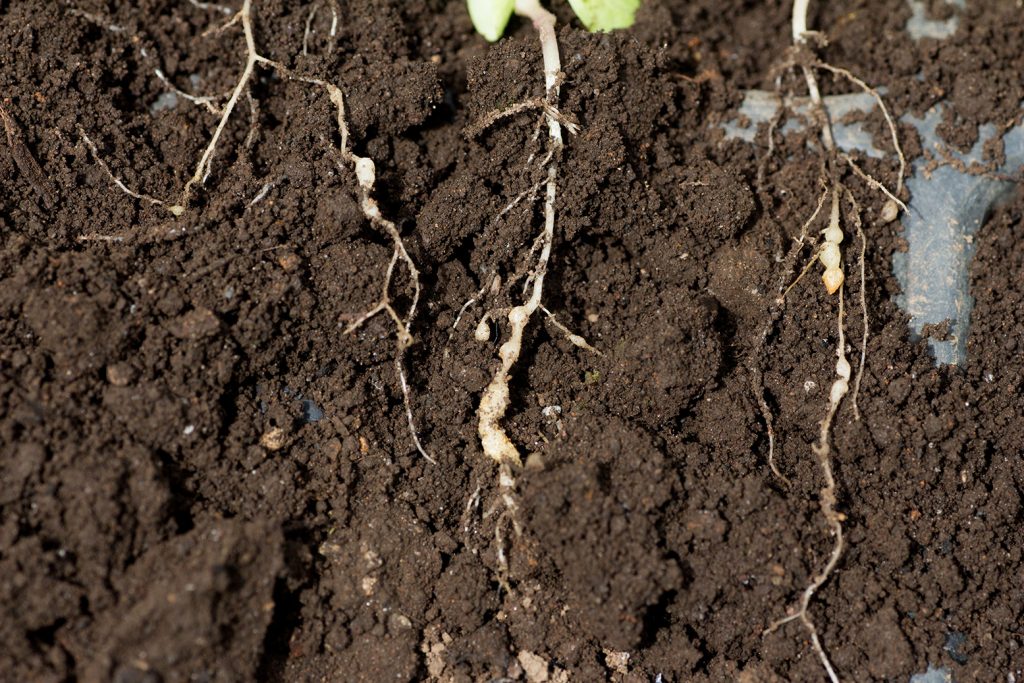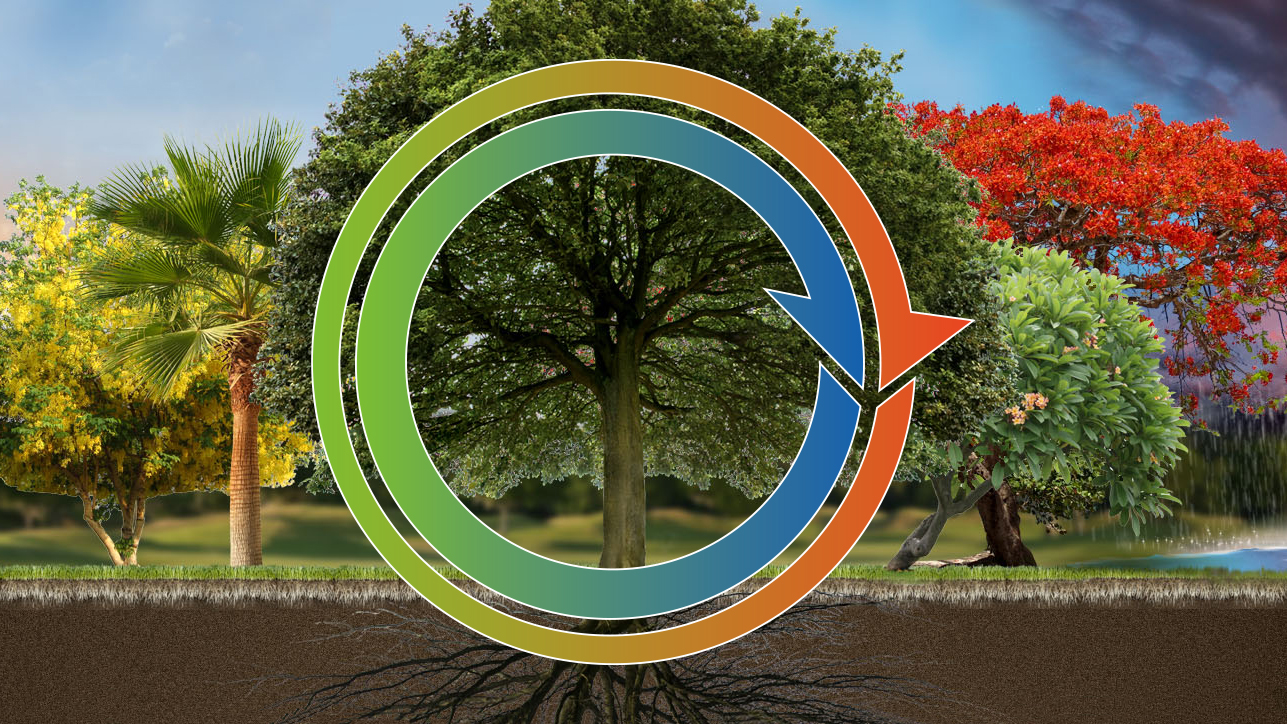The Relationship Between Irrigation And Fertilization:
How GreenTech Landscape Management, Inc can help you properly manage irrigation and fertilization in the landscape?

The Relationship Between Irrigation And Fertilization
Irrigation management is important to conserve water and to manage nutrients in the landscape. Water is an important factor to establish and maintain healthy lawns and landscape. Fertilization is another important component of lawn and landscape maintenance. Irrigation must be applied in such a way that fertilization is not compromised by overwatering and the potential for nutrient loss.
When fertilizer is applied at the correct rate and at the appropriate time healthy plant root systems will take up and absorb most of the nutrients being applied to the landscape. Fertilizer is more susceptible to leaching or runoff when being misapplied or being applied to a non-targeted root system. Fertilizer should be watered in after an application.
Many factors lead to irrigation problems in the urban landscape. These include the following:
1 – lack of understanding around urban soils
2 – lack of familiarity with different water requirements of landscape plants, including the water requirement during lawn and landscape plant establishment
3 – lack of understanding around water needs of different plant species, times of the year, soil type, and shade in the landscape
4 – lack of attention to proper irrigation design, maintenance, and management of the irrigation system
Soil Water Holding Capacity + Floirda Lawns

Soil Water Holding Capacity
Soil texture directly affects soil water holding capacity. Soil texture is the proportion of sand, silt, and clay of a particular soil. Most native soils in Florida are sandy. Sandy soils hold no more than 0.75 inches of water per foot of soil depth. When the water holding capacity of the sandy soil is exceeded, nutrients become mobile. These nutrients can leach below the root system and is lost before roots can take up the recently applied fertilizer. That is why it is so important that rain shutoff devices and/or moisture sensors are used to bypass the irrigation systems schedule during rain events so that water applications do not exceed the soil water holding capacity.
The Root Zone – A Deep, Healthy Root Zone Retains Water Longer

A Distressed Root Zone
The root zone is the volume of soil inhabited by the plant’s root system. It is important to understand how deep the root zone extends in a particular landscape. The deeper the root zone the greater the ability of that landscape root zone to hold water. Besides, the deeper the root zone the greater the ability of that landscape to take up fertilizer. Typically shallow-rooted landscapes are overwatered and over-fertilized.
Soil Compaction
During the development phase of a subdivision or new building site soils are disturbed and compacted. Heavy machinery, mowers, vehicles, the staging of materials, and foot traffic all cause soil compaction. Sandy soils can be compacted; however when clay is added to soils as fill, compaction becomes amplified. Compaction problems are never rectified when landscape plants and lawns are installed. Water and fertilizer do not easily penetrate compacted soils and will runoff during heavy rain events or heavy irrigation events. This problem can be serious in sloped areas of the landscape.
Lawns and landscape plants cannot develop a normal deep-rooted root system in compacted soils. When you have a shallow root system your soil is unable to hold water and fertilizer. Wilting and poor plant health becomes a common occurrence in these soil compacted landscapes. Landscape managers will try to compensate with excessive irrigation and fertilizer practices. Lawns with compacted soil may need to be composted or core aerated to allow water and air to penetrate the roots zone to increase plant root growth.
Plant Water Needs
A Hydrozone is a portion of the landscape area where plants with similar water needs are grouped. Hydro-Zone based landscape design encourages intelligent grouping of compatible plants; factoring water needs, soil characteristics, and microclimate to provide an optimal setting for successful establishment and long-term vigor.
Irrigation Management
A well-designed and well-managed irrigation system ensure the proper application of water to ensure healthy robust plants in the landscape. It is important to note that an irrigation system should be designed in such a way that lawns and landscape beds are irrigated separately. To go a step further, lawn areas in the shade should be irrigated separately from lawn areas in full sun. This is not always feasible and sometimes does not make economic sense.
Regular irrigation maintenance is paramount. Here is a checklist for irrigation maintenance:
1. check for and repair leaks
2. unclog and replace broken sprinkler heads
3. point sprinkler heads at plants and lawns and not driveways, patios, pool decks, roadways, and sidewalks
4. prune and trim plant material in the landscape that is interfering with irrigation spray patterns
5. irrigation calibration and scheduling is based on the real-time water needs of the landscape
6. schedule irrigation events based on the time of the year and seasons
7. mulching – mulch helps keep moisture in the soil reducing irrigation needs – correctly mulched landscape does not require as much irrigation as landscapes that have no mulch
8. mowing – correct mowing height is critical to efficiencies irrigation and fertilization management – keep mower blades sharpened – mowing speed through the landscape has a huge impact on compaction and overall turf health
In the final analysis irrigation management directly affects nutrient management. Overwatering does more to deplete the water supply, it contributes to the runoff and leaching of nutrients making lawns and landscape plants more prone to pests and diseases. Overwatering has a significant impact on the size of the root zone of the landscape and diminishes the ability of the landscape to hold water and nutrients.
